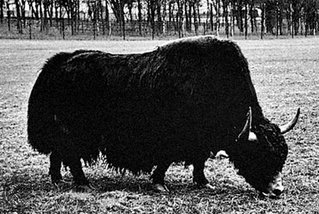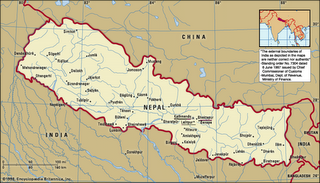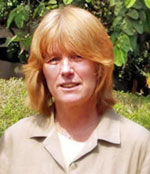DHULIKHEL - Bird-eye view series of Nepal
The hill resort of Dhulikhel lies 32 km to the east of Kathmandu on the Arniko Highway that leads Tibet. In the old days, Dhulikhel flourished as a trading centre handling commerce between Kathmandu and Lhasa. Today, it delights visitors with its enchanting cultural heritage and stunning Himalayan views.
THE TOWN
Dhulikhel (population 20,000) and altitude 1,440 m) is a small town with a long history with a long history. Records show that it has been around for more than 500 years. Streets are lined with bare-brick houses, carved wooden windows, sloping tile roofs, pagoda temples, and sacred statues everywhere; you will think you have wandered into a cultural theme park.
The major places of worship here are Narayan and Harisiddi temples, which are adorned with profuse wood carvings. The Gokhureswar Mahadev temple, a 30-minute walk to the eastern part of town, is a peaceful and scenic spot. The Bhagawati temple is situated at a height in the western part of Dhulikhel and dominates the skyline. From here, you can get a beautiful vista of the town and surrounding areas.
THE VIEW
There are many vantage points in Dhulikhel which offer a panorama of the Himalaya that will leave you spellbound. Looking out over low hills and valleys, the mountains rise up in an extended arc stretching from the far left to the far right. More than 20 Himalayan peaks, including Annapurna (8,091 m), Ganesh (7,429 m), Langtang (7,234 m),
Phurbi-Chachu (6,637 m), Gauri Shanker (7,134 m), and Lhotse (8,516 m) can be seen in all their glory. You should get up early in the morning to watch the first rays of the sun hit the summits and their colors change. Sunset views are equally spectacular.
ACTIVITIES
The most popular activity for visitors in Dhulikhel is doing nothing. For something more strenuous, I recommend bird watching. You can sit back in your hotel garden and admire the winged creatures fluttering from tree to tree. The forests around Dhulikhel harbor many species of exotic birds.
For adventurers, there’s hiking around the countryside, visiting nearby pilgrimage sites and mountain biking. The shrine of Namo Buddha, where the Buddha in a past life is said to have offered his own flesh to a starving tigress, is four-five hours on foot. Rafting on the Sun Koshi river, 25 km away, is another diversion.
Labels: 2006, 30 November








